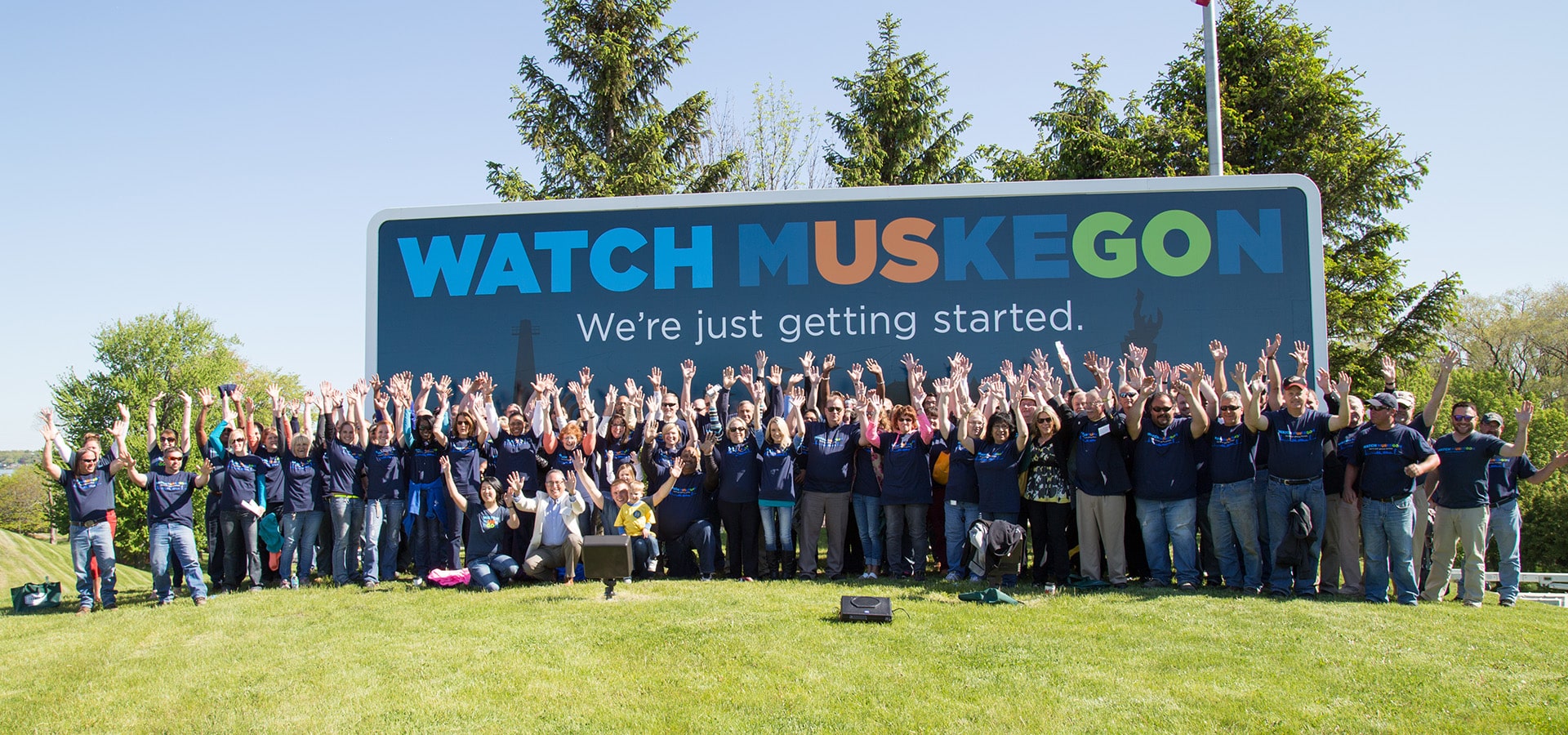Numbers don’t lie. Having a strong employer brand is a must-have for growing companies today.
I’m a stats guy. I’ll flip through a box of baseball cards and read the backs for hours to find trivia to impress my friends. For example, did you know that Kirk Gibson had 12 game-winning RBI in 1986 (a stat that doesn’t exist anymore), and he was one home run shy of being the first member of the 30-30 Club in Detroit Tigers history when he hit 29 homers and stole 30 bases in 1985? These are the type of nuggets I found on the back of Gibby’s 1987 Topps baseball card.
As I was putting together a presentation about employer branding this week, I came across 7 MIND-BLOWING EMPLOYER BRANDING STATS! That might be a bit much, but they’re interesting trivia nevertheless. Branding is one of those words that means different things to different people, so let’s start with a couple of definitions.
The Difference Between an Employer Brand and Employer Branding
Recruitment software company Occupop defines an employer brand and employer branding:
An employer brand is how you are perceived in your industry, as well as your promise to your employees. It exhibits your company culture, employee engagement, and employee satisfaction.
Employer branding, on the other hand, is the process of building and maintaining your employer brand. Companies implement internal initiatives and brand awareness candidate attraction campaigns as part of their employer branding strategies.
Another way to look at it is an employer brand is how someone else sees a company. Employer branding is the act of the company attempting to positively influence that opinion.
7 Employer Branding Statistics
Here are seven stats that are sure to impress your company’s HR manager:
1. 72% of recruiting leaders worldwide agreed that employer brand has a significant impact on hiring. – LinkedIn Study
According to LinkedIn, hiring managers and talent professionals working in SMBs say that “lack of awareness or interest in their employer brand” is one of their top five challenges. Job candidates’ ability to recall and positively recognize a company is a critical first step to eventually hiring new employees.
2. 92% of people would consider leaving their job if offered a position in a company with an outstanding reputation. – CR Magazine
A brand is both internal and external. The saying that “the grass is always greener” applies to employee satisfaction. Being intentional about an employer brand used to be a nice-to-have. Today, it’s a must-have.
3. 70% percent of employees said that their sense of purpose is defined by their work. – McKinsey & Company
Employees will choose a place to work based on their beliefs and values. Being clear about why your company exists and aligning that with employees’ personal values starts at the top. Leadership plays an important part in helping employees find their purpose and live it.
4. Companies with strong employer brands received more than twice as many applicants as companies with poor employer reputations. – Digital Branding Institute
Recruiting is a numbers game. The more candidates that apply for a position, the greater the likelihood of finding the right fit. Having a stand-out careers page that gives applicants a taste of what it’s like to work at a company is a great place to start.
5. 86% of HR professionals say recruitment is becoming more like marketing. – iCIMS
A successful recruitment campaign is a team effort. It starts by getting everyone in the company on the same page. That includes human resources, marketing, leadership, and employees. Tap the marketing department or an outside creative agency to lead prospective employees to the door for HR to seal the deal. Here are a few tips.
6. Brands with poor company branding pay 10% higher salaries. – Harvard Business Review
A bad reputation isn’t just unpleasant; it’s costly. Companies with a negative employer brand spend $4,723 more per hire on average to convince a candidate to take a job. Conversely, the top three factors associated with a good reputation as an employer are stability, opportunities for career growth, and the ability to work with a top-notch team.
7. A strong employer brand leads to a 28% reduction in turnover and a 50% reduction in cost per hire. – LinkedIn Study
This LinkedIn study was so good, it gets two mentions. A recent survey by the Society of Human Resource Management (SHRM) found that the average cost per hire is just over $4,000. On the flip side, it costs a company 6 to 9 months of an employee’s salary to replace him or her. This is why building a strong employer brand is so important. Companies with excellent brands retain employees at a higher rate than those that don’t and are more appealing to job candidates.
Employer branding is not something that is ever truly “done;” it’s something that you have to keep working and reworking over time. Just like practice makes perfect, an ongoing employer branding effort is an investment that will pay a dividend for years to come.









